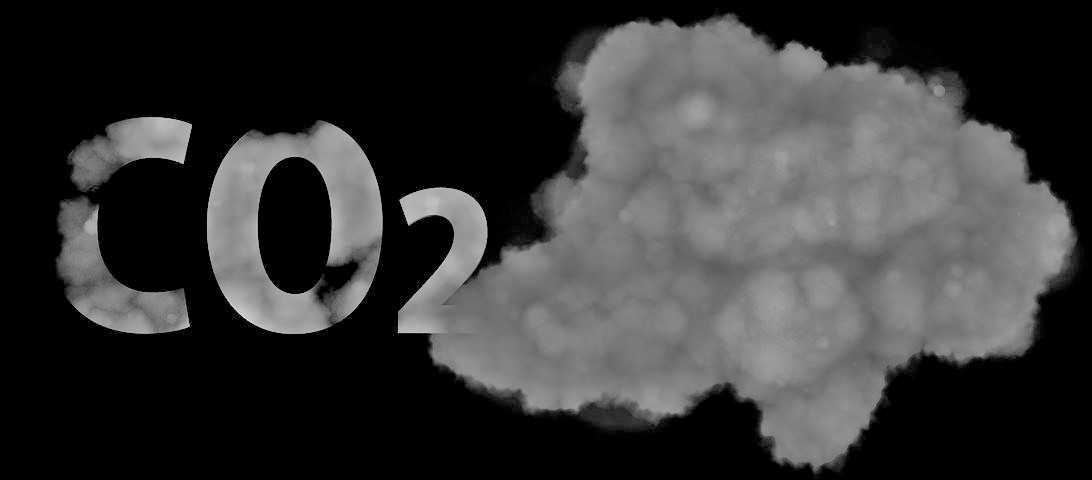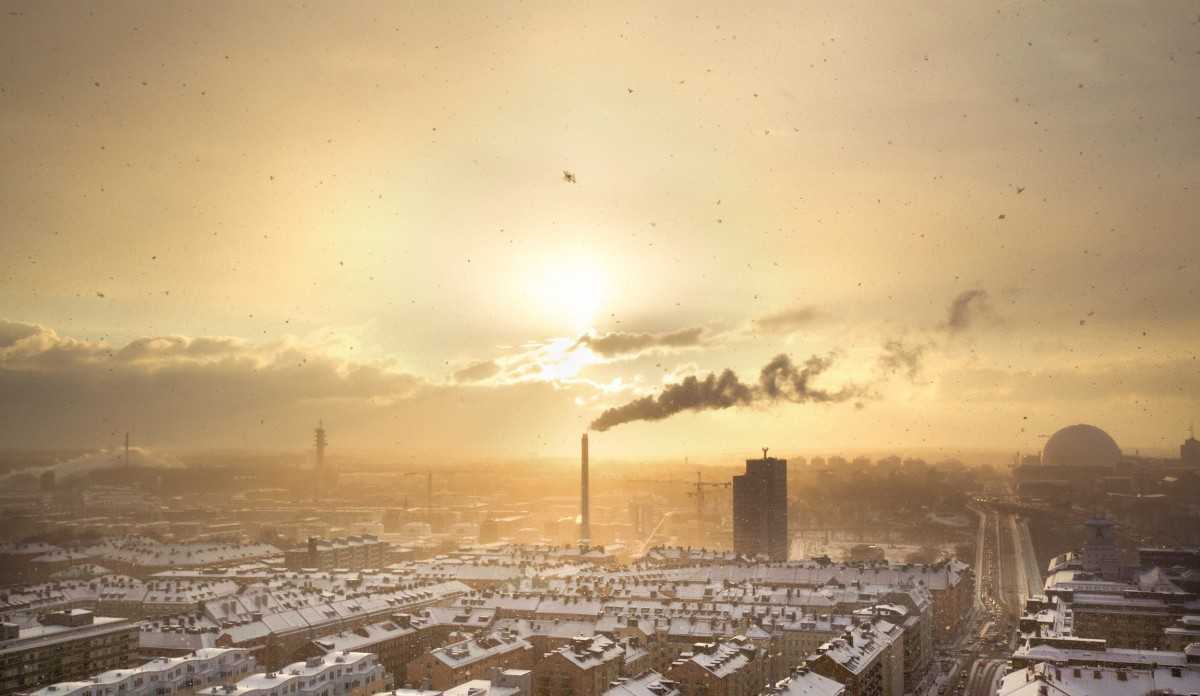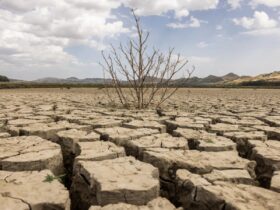With a new material, carbon dioxide could be specifically separated from industrial gases and recycled
A group of chemists has invented a new material that can specifically separate carbon dioxide from industrial waste gases, natural gas or biogas. This way it can be made available for recycling. The separation process is both energy efficient and cost effective.

Carbon dioxide: reducing emissions is not enough
The “Green Deal“, Presented by European Commission in 2019, forecasts that by 2050 net emissions of greenhouse gases inside the EU are reset. To achieve this goal, various technologies are needed. Need reduce emissions net, derived from industry and the combustion of fossil fuels. But this is a difficult goal and perhaps not enough. The scientific community also pushes for methods of carbon dioxide capture. These methods allow both to actively reduce the CO2 already present in the atmosphere, and to reduce or cancel the emissions produced by human activities. The development of greenhouse gas capture systems is therefore a goal of many researchers. Only in this way, they argue, can the effects of human activities on global warming be truly reduced. Now, in Bayreuth, a material has been designed that can separate CO2 and no other gases from the most varied mixtures.

A new material for CO2 capture
The chemists ofBayreuth University have developed a material that could make an important contribution to climate protection and sustainable industrial production. With this material, the carbon dioxide of greenhouse gases can be specifically separated from other gases. The new material is a inorganic-organic hybrid. The chemical base is made up of clay minerals made up of hundreds of individual glass plates. These are only a nanometer thick each and arranged exactly on top of each other. Between the individual plates there are organic molecules which act as spacers. Their shape and chemical properties have been selected so that the spaces between the pores are perfectly suited to retain CO2. The material will therefore only retain carbon dioxide. On the contrary, methane, nitrogen and others gas they can escape.

Capture and release
The researchers used the so-called effect of molecular sieve to increase the selectivity of the material. In addition, their project included a recyclable system. The material performs two tasks at the same time. On the one hand, the physical interactions with carbon dioxide are strong enough to separate and retain this greenhouse gas from a mixture of gases. On the other hand, however, they are weak enough to allow for the release of CO2 with only a small amount of energy. In this way the gas can be reused for industrial purposes or accumulated in storage systems. With a large storage tank, the new material can be filled and emptied of carbon dioxide in an energy efficient way. Now researchers are developing these clay systems so that they can really be used widely industrial scale.
Follow us in our section sciences for other news!















